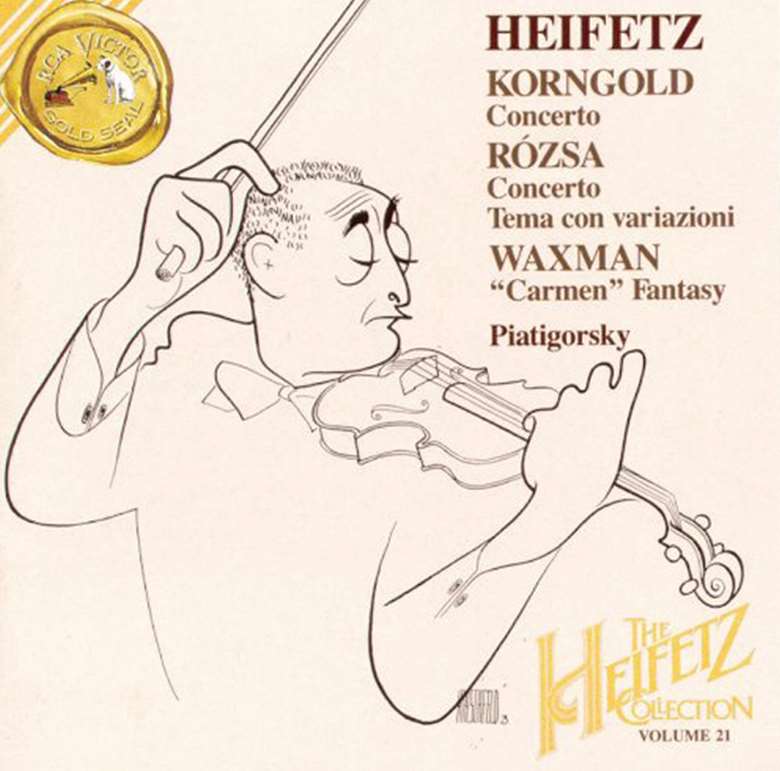Classics reconsidered: Heifetz's recording of Korngold's Violin Concerto
Gramophone
Thursday, June 9, 2016
Jeremy Nicholas and Rob Cowan discuss the premiere recording from 1953

Register now to continue reading
Thanks for exploring the Gramophone website. Sign up for a free account today to enjoy the following benefits:
- Free access to 3 subscriber-only articles per month
- Unlimited access to our news, podcasts and awards pages
- Free weekly email newsletter








